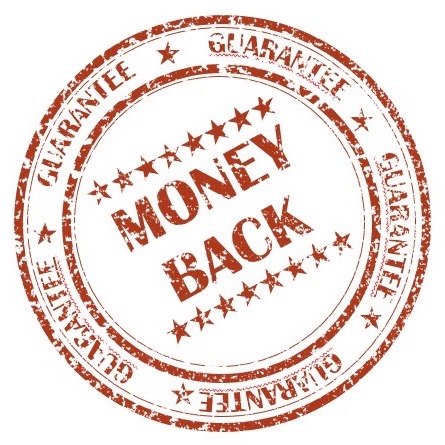One Bad Bank Spoils the Bunch
Too-big-to-fail policy generates the well-known problem of moral hazard: if big banks know the government will bail them out when they get into trouble, they will take on more risk. A new NBER working paper by Eduardo Dávila and Ansgar Walther explains how too-big-to-fail policy encourages risky investments by small banks as well.
To see the mechanism Dávila and Walther draw out, consider a situation where there are only two banks: Big Bank and Small Bank. Big Bank is too big to fail. The government will bail out Big Bank if it makes risky investments that do not pay out. Knowing it is too big to fail, Big Bank has an incentive to make overly risky investments. That is the standard moral hazard story.
In contrast, the government does not care about the small bank’s success or failure. It is too small to matter. If Small Bank makes risky investments, it will not be bailed out. And so it may seem that Small Bank must face the consequences of its bad investments. It may seem that too-big-to-fail-policy doesn’t distort the decisions of Small Bank.
However, the decision to bail out Big Bank and Small Bank are not separate. Bailouts typically affect the whole banking sector. Under the current system, there are two reasons to think bailouts will be given to both banks.
First, legally, Dodd-Frank explicitly restricts emergency lending to specific banks and instead limits lending to “broad-based” programs. While not impossible to target emergency lending to Big Bank, it may be easier to lend to both banks under current law.
Second, there seems to be an implicit guarantee that the government will bail out the banking sector, not particular banks. The prices of financial options during the crisis indicated that system-wide bailouts were expected.
Whether explicitly or implicitly guaranteed to Small Bank, the government’s too-big-to-fail policy will bail out both banks in practice. That means both banks have an incentive to take on more risk. But here’s the catch: Small Bank must consider what Big Bank is doing. If Big Bank is making safe investments, Small Bank is unlikely to receive a bailout. However, if Big Bank is making risky investments and will need a bailout, Small Bank will likely get a bailout as well. In other words, Small Bank has the same moral hazard–but only when Big Bank makes risky investments.
Under too-big-to-fail policy, big banks are encouraged to make risky investments. When they do, small banks will follow.












